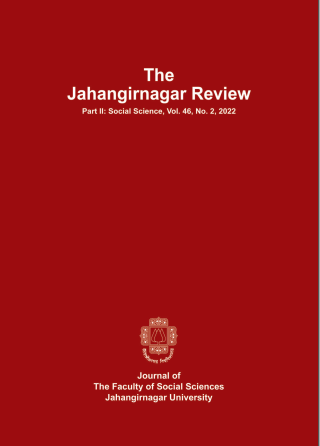‘Performance-Based and ‘Result-Oriented’ Public Sector Reforms An Assessment
Main Article Content
Abstract
Administrative reform is a continuous process. Whether developed or developing, all countries restructure their administrations for organizational efficiency, reduce waste, decrease cost, and make them transparent and accountable to the people. At the beginning of the 1980s, some western countries adopted New Public Management (NPM) based on ‘performance and results-oriented and marketdriven public sector management. Later, many countries in Asia, Latin America, East Europe, and Africa also introduced a similar type of result-oriented and performance-based public sector reforms in the 1990s, aiming at increasing efficiencies and decreasing the costs of their dysfunctional public agencies. Thus, since the beginning of the 1990s, NPM has become the dominant paradigm for public management worldwide. This article aims to discuss the ideological basis, diverse experiences, and strengths and weaknesses of NPM. The research is entirely based on secondary sources, and secondary information has been extensively used to explain, analyze, and reinforce the arguments. This paper is divided into the following sections: section one discusses major tides of reforms in the western world and, more specifically in the United States in the last one hundred years, to make the public sector more efficient, cost-effective, accountable, and responsive; section two talks about different versions of public sector reforms adopted by various countries in the last three decades; and section three presents significant strengths and weaknesses of NPM, and section four synthesizes the paper and makes a conclusion.

